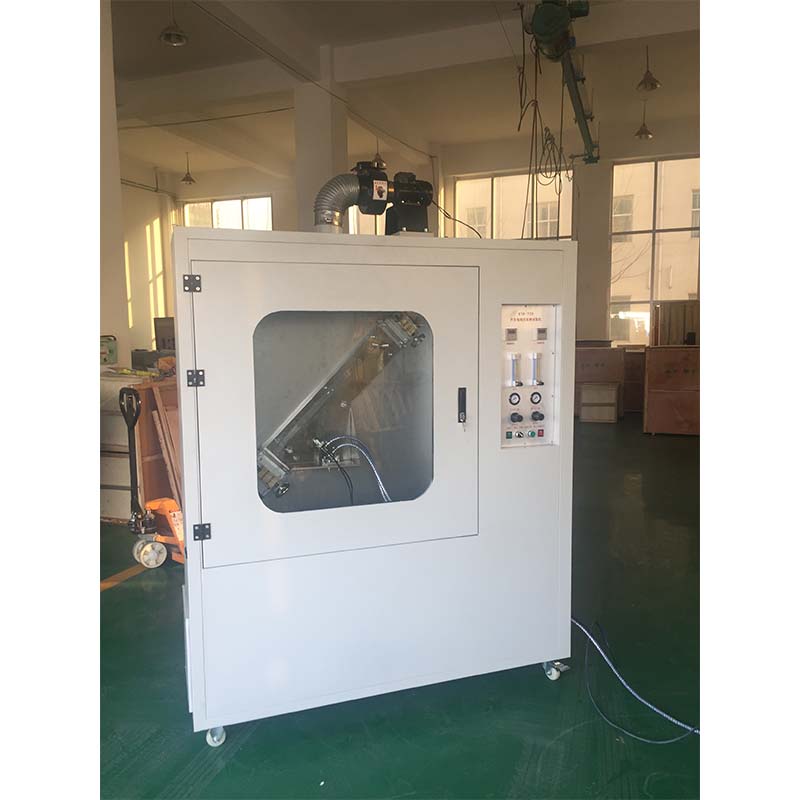conductor resistance test equipment
The Importance of Conductor Resistance Test Equipment
In electrical engineering, ensuring the reliability and performance of electrical systems is paramount. One essential aspect of this assurance is the testing of conductor resistance. Conductor resistance test equipment plays a critical role in evaluating the electrical characteristics of conductors, helping to identify potential issues before they lead to significant failures.
Conductor resistance refers to the opposition that a conductor offers to the flow of electric current. This resistance is influenced by material properties, temperature, length, and cross-sectional area of the conductor. High resistance in a conductor can lead to power losses, overheating, and ultimately, system failure. Therefore, testing the resistance of conductors is fundamental in applications ranging from power generation to distribution and even industrial setups.
The primary equipment used for measuring conductor resistance includes micro-ohmmeters and bridge-type resistance testers
. These devices are equipped to measure very low resistance values, often in the milliohm range, which is crucial for effective testing of business-critical systems such as generator windings, electrical connections, busbars, and more.Micro-ohmmeters are particularly favored for their accuracy and portability. Many advanced models come with features such as automatic range selection, temperature compensation, and data logging capabilities. These features allow technicians to obtain precise readings, minimizing the risk of error during assessments. Furthermore, modern micro-ohmmeters often include Bluetooth or USB connectivity, facilitating seamless data transfer to computers or cloud-based applications for comprehensive analysis.
conductor resistance test equipment

Testing procedures using conductor resistance test equipment typically involve applying a known current through the conductor and measuring the voltage drop across it. Ohm's Law (V = IR) is then utilized to calculate resistance, where V is voltage, I is current, and R is resistance. This method ensures that technicians can identify any irregularities, such as increased resistance, which may signal corrosion, poor connections, or damage within the conductor.
Regular testing of conductor resistance is not merely a recommendation; it is often a mandatory practice dictated by industry standards and safety regulations. For example, in many jurisdictions, utility companies are required to perform periodic resistance tests to ensure compliance with national safety standards. These tests not only protect assets but also ensure the safety of personnel and the surrounding community.
In addition to safety considerations, routine resistance testing can also prolong the lifespan of electrical systems. By identifying and addressing minor issues before they escalated into major faults, organizations can save significant costs in maintenance and downtime. Moreover, keeping rigorous testing schedules aids in the planning of preventive maintenance, which can further enhance system reliability and efficiency.
In conclusion, conductor resistance test equipment is a vital component of electrical system management. By ensuring accurate measurements of conductor resistance, this equipment helps diagnose potential defects and promotes the longevity and safety of electrical systems. As technology advances, the capabilities of these testing devices will continue to improve, enabling even more efficient and effective maintenance of electrical infrastructure. Proper investment in quality test equipment—and adherence to testing procedures—is essential for any organization that relies on electrical systems.
-
Why the Conductor Resistance Constant Temperature Measurement Machine Redefines Precision
NewsJun.20,2025
-
Reliable Testing Starts Here: Why the High Insulation Resistance Measuring Instrument Is a Must-Have
NewsJun.20,2025
-
Flexible Cable Flexing Test Equipment: The Precision Standard for Cable Durability and Performance Testing
NewsJun.20,2025
-
Digital Measurement Projector: Precision Visualization for Modern Manufacturing
NewsJun.20,2025
-
Computer Control Electronic Tensile Tester: Precision and Power for the Modern Metal Industry
NewsJun.20,2025
-
Cable Spark Tester: Your Ultimate Insulation Assurance for Wire and Cable Testing
NewsJun.20,2025
 Copyright © 2025 Hebei Fangyuan Instrument & Equipment Co.,Ltd. All Rights Reserved. Sitemap | Privacy Policy
Copyright © 2025 Hebei Fangyuan Instrument & Equipment Co.,Ltd. All Rights Reserved. Sitemap | Privacy Policy
